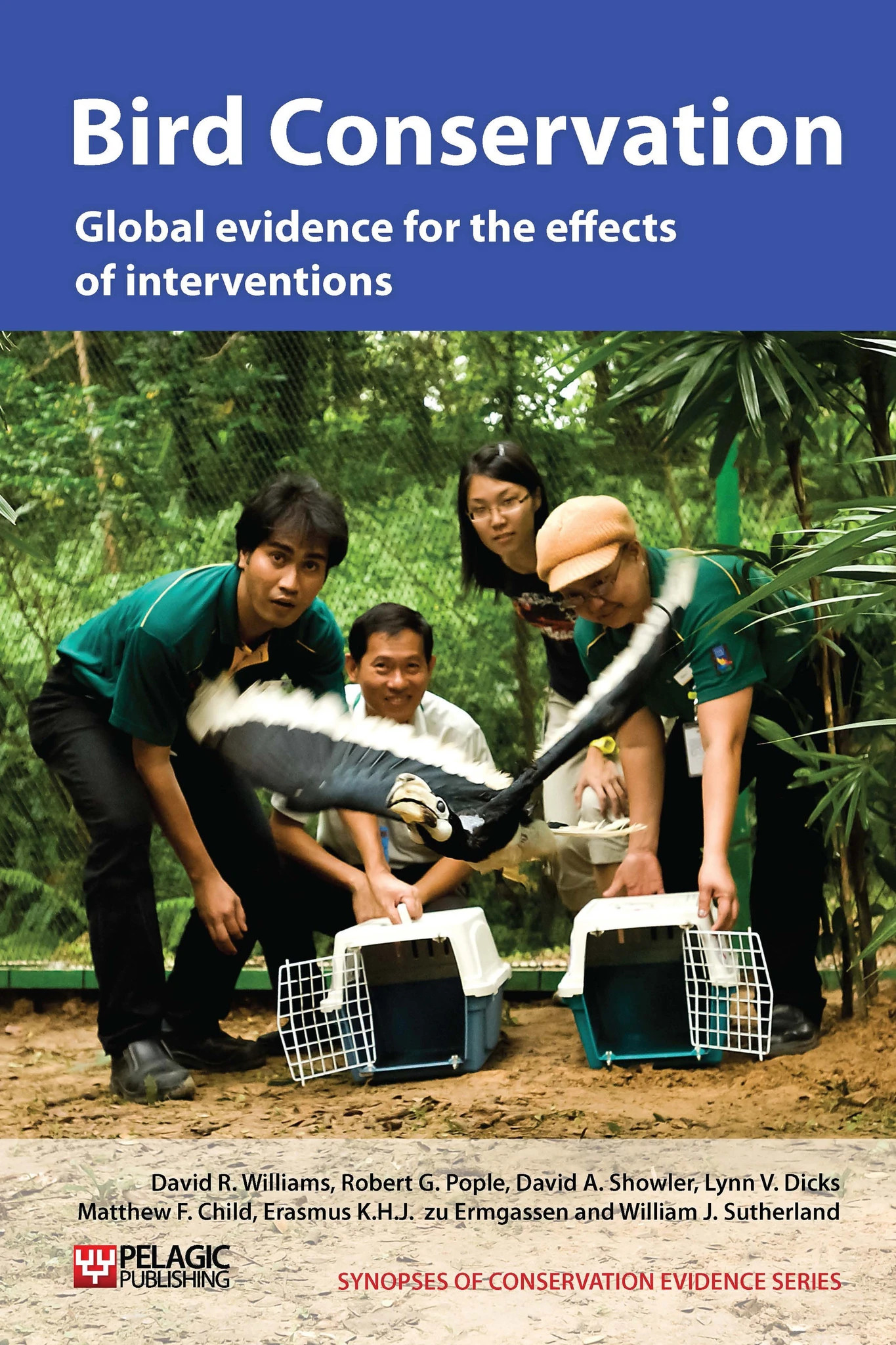Control invasive ants on islands
-
Overall effectiveness category Unknown effectiveness (limited evidence)
-
Number of studies: 1
View assessment score
Hide assessment score
How is the evidence assessed?
-
Effectiveness
10% -
Certainty
15% -
Harms
not assessed
Study locations
Supporting evidence from individual studies
A replicated, randomised and controlled, before-and-after paired sites study over three breeding seasons in 2002-2004 on two pairs of offshore islets (< 5 ha) in Hawaii, USA (Plentovich et al. 2009), found that wedge-tailed shearwaters Puffinus pacificus from an island previously dominated by the invasive tropical fire ant Solenopsis geminata showed temporarily increased fledging success, but no decrease in injuries inflicted by S. geminata following ant control (27-38% of chicks injured in all seasons), whilst fledging rates remained constant and injuries increased on an untreated island (8% injured in 2002, 80-100% in 2003-4). There was no change in fledging success or injury rate on an island dominated by the big-headed ant Pheidole megacephala following its eradication, either on the experimental or control island, but very few chicks were injured by ants. Severely injured chicks (20% of tissue on their feet lost) weighed significantly less than uninjured chicks and did not fledge. Between 15 and 43 chicks were monitored on each islet each year. Following a year of baseline data collection, ant populations were controlled with granular protein-based ant bait in February 2003 on one randomly selected islet of each pair.
Study and other actions tested
Where has this evidence come from?
List of journals searched by synopsis
All the journals searched for all synopses
This Action forms part of the Action Synopsis:
Bird Conservation
Bird Conservation - Published 2013
Bird Synopsis





)_2023.JPG)














